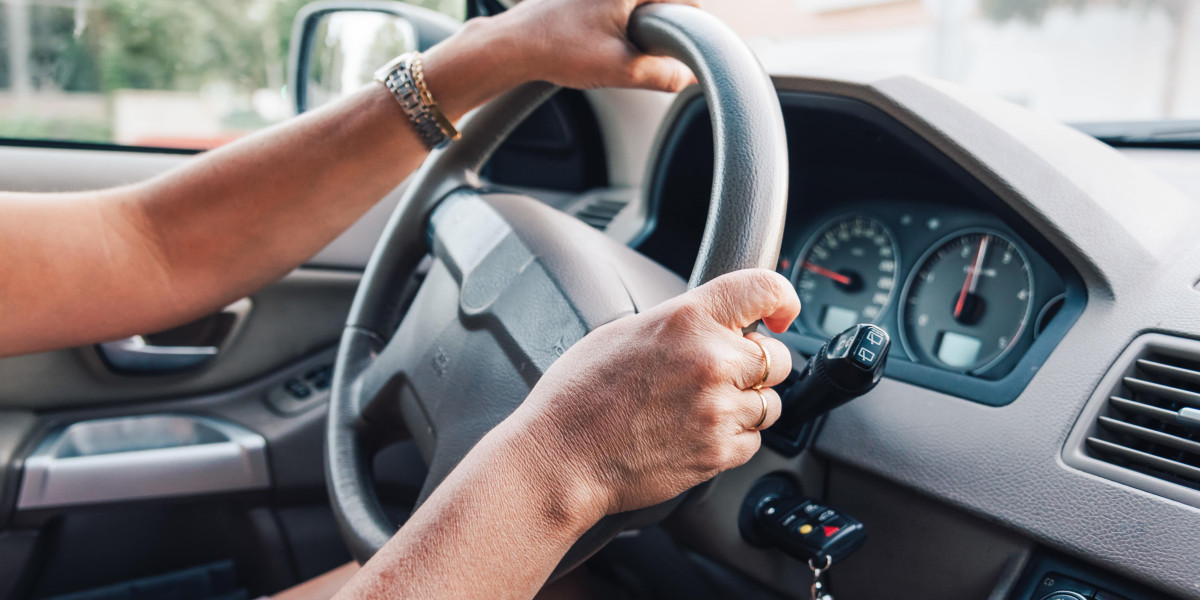Understanding the UK Driver's Licence: A Comprehensive Guide
Getting a driver's licence in the United Kingdom is a significant turning point for many people. It not just represents independence but likewise supplies greater freedom in personal and professional elements of life. This article intends to offer a detailed overview of the UK driver's licence, consisting of how to apply, various kinds of licences, and various policies associated with driving in the UK.
Overview of the UK Driver's Licence
In the UK, a driver's licence is a main file that permits a specific to run automobile on public roadways. The driving licence system in the UK is structured and managed by the Driver and Vehicle Licensing Agency (DVLA).
Types of UK Driver's Licences
The UK provides numerous kinds of driving licences, each tailored for different categories of vehicles. These include:
Provisional Licence:
- Age Requirement: Minimum of 17 years
- Permits learners to drive under particular conditions.
- Can not drive without a certified driver accompanying them.
Complete Licence:
- Issued when a person has passed both the theory and practical driving tests.
- Numerous categories readily available based upon lorry types:
- Category B: Cars
- Classification A: Motorcycles
- Category C: Large goods cars
- Classification D: Buses
International Driving Permit (IDP):
- Required for driving in some foreign nations.
- Issued to uk licence (www.harleykatheder.top) holders at Post Office branches.
Temporary Licences:
- For people who may have lost their licence or are awaiting updates on their existing licence.
The Application Process for a UK Driver's Licence
Applying for a driver's licence in the UK involves several steps, whether for a provisionary or full licence. Here are the important actions in information:
Step 1: Obtain a Provisional Licence
- Eligibility: Individuals must be at least 17 years old to apply.
- Application: Applications can be made online via the DVLA website or through paper forms available at post workplaces.
- Files Required:
- Proof of identity (passport or another official ID).
- National Insurance number (if available).
- A postal address in Great Britain.
Step 2: Study for the Theory Test
- Material: The theory test includes multiple-choice concerns and a danger perception test.
- Preparation: Various resources are offered, including online courses, apps, and books that aid in preparation.
Action 3: Pass the Theory Test
- The theory test should be cleared before trying the useful driving test.
Step 4: Practical Driving Test
- Learning and Instruction: A person can take driving lessons with a qualified instructor or find out with an authorized accompanying driver.
- Scheduling the Test: Once confident in driving capabilities, prospects can schedule their dry run online.
- Test Components: The useful test evaluates driving skills, maneuvers, and real-world driving conditions.
Step 5: Receiving the Full Licence
- After successfully passing the useful driving test, the DVLA will provide a complete driving licence, which allows individuals to drive independently.
Rules and Regulations
Preserving a valid driving licence in the UK needs adherence to numerous guidelines and policies:
- Renewal: Licences must be renewed every ten years. Renewal can be done online or via paper application.
- Points System: The UK utilizes a charge points system. Particular traffic offenses result in points being contributed to a driver's licence, which can lead to severe repercussions if the build-up goes beyond a particular limitation.
- Medical Conditions: Drivers should inform the DVLA of any medical condition that could impact their ability to drive.
Typical Challenges in Obtaining a Licence
Acquiring a driver's licence can often be challenging. Here are some typical obstacles dealt with by aspiring drivers and tips on how to tackle them:
- Nervousness During Tests: Many candidates experience anxiety throughout their theory or practical tests. It is a good idea to take mock tests or engage in session to construct self-confidence.
- Failure to Pass Tests: If an individual fails their tests, they can retake them after a certain waiting period. Preparing with additional driving lessons or research study materials can help in subsequent attempts.
- Understanding Rules: The intricacies of roadway guidelines and guidelines may be overwhelming. Enrolling in a respectable driving school can offer clearness and insight into these policies.
Frequently asked question Section
1. For how long does it require to get a driving licence in the UK?The timeline differs based on the individual's knowing pace. On average, obtaining a full licence can take a couple of months, including finding out time and the waiting period for tests. 2. Can I drive while awaiting my complete
licence?You can drive with your provisionary licence if accompanied by a certified driver who is at least 21 years old and has actually held a full licence for 3 or more years. 3. What do I do if I lose my driving licence?You can look for a replacementlicence through the DVLA website or through post, offering required identification and paying the needed fee. 4. Just how much does it cost to get a driver's licence in the UK?Costs can differ considerably but normally include application costs , the theory test charge, dry run fees, and driving lessons. Overall, it may total countless pounds, depending upon individual scenarios. 5. Is there a minimum variety of lessons I need to take?There is no official minimum number of lessons mandated. Nevertheless, taking lessons till you feel positive is a good idea. Acquiring a driver's licence in the UK is a rewarding process that unlocks to mobility and liberty. By understanding the actions included, the kinds of licences readily available, and the guidelines governing driving, potential drivers can navigate the system efficiently. Whether one is a student or a knowledgeable driver, remaining informed on the newest regulations and best practices is vital to ensure safe and responsible driving within the UK.








